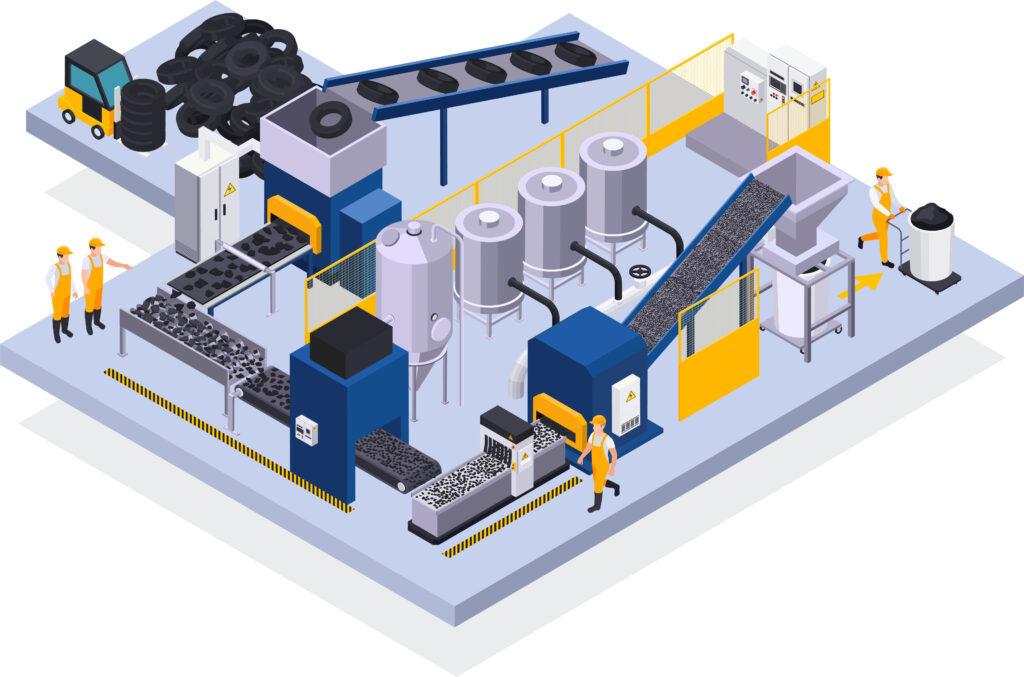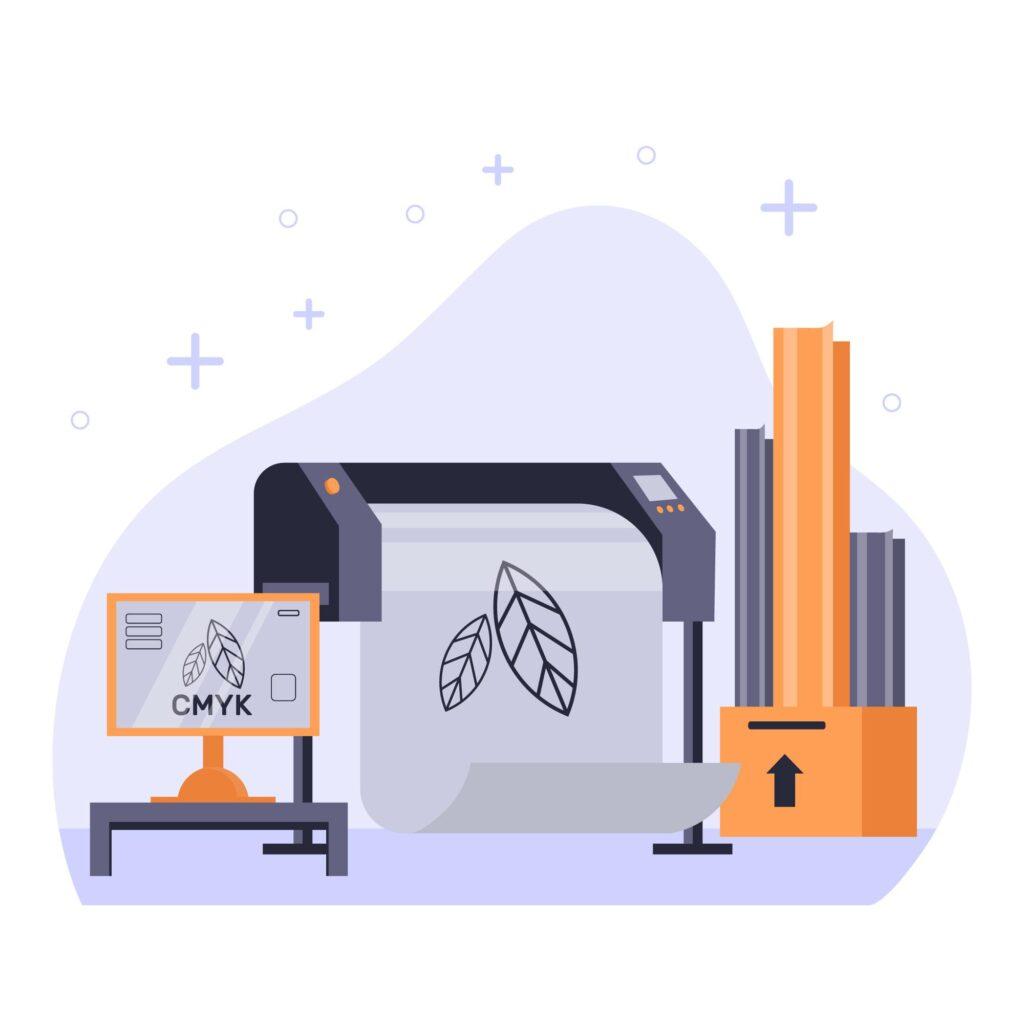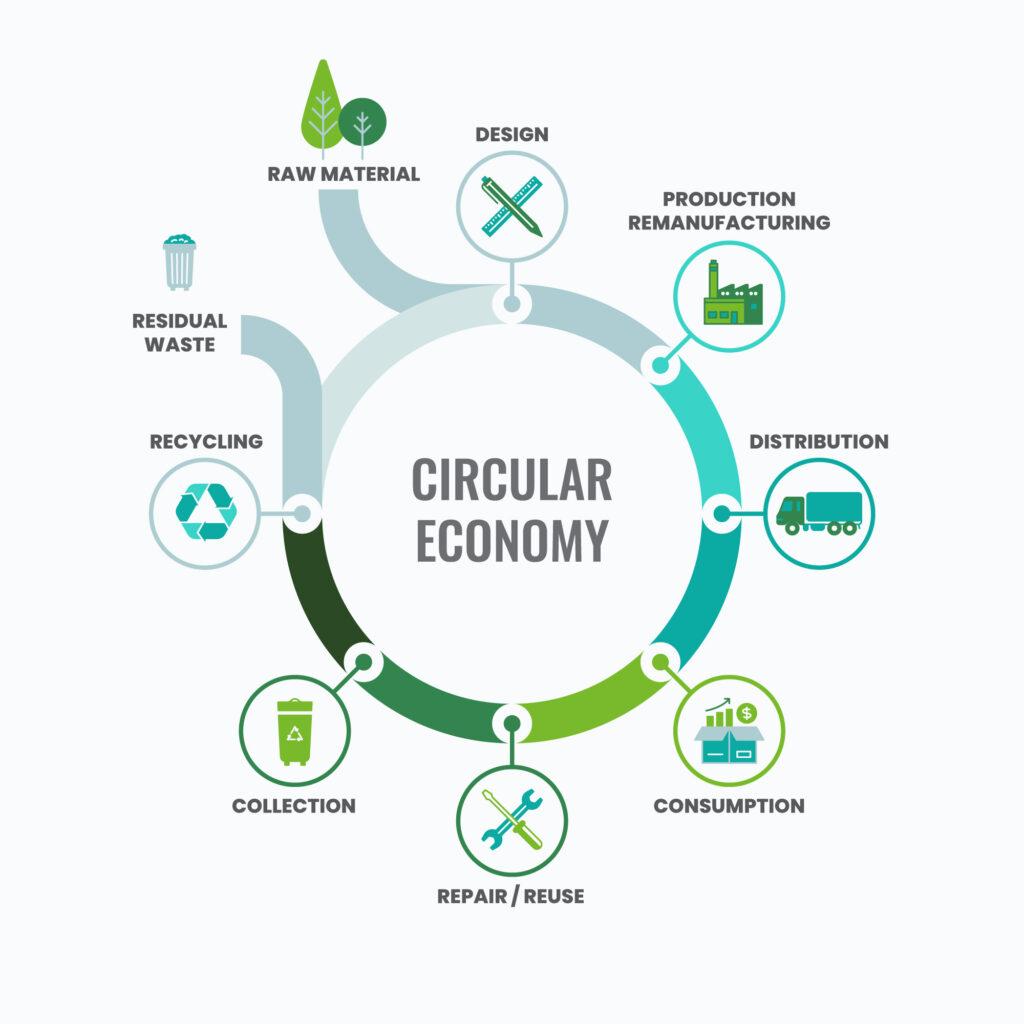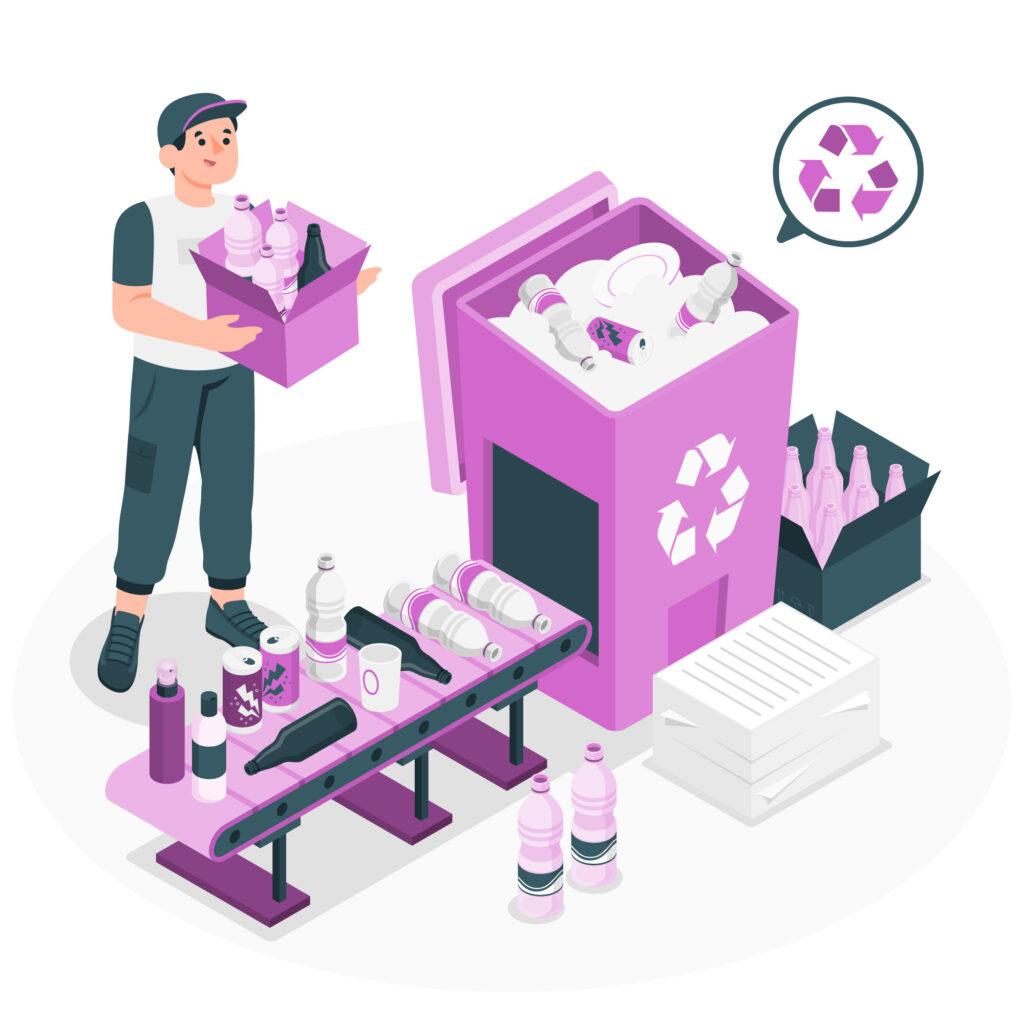In our rapidly advancing tech era, numerous E-waste recycling innovations have come forward to ease the process of E-waste disposal. With the continuous influx of new gadgets and devices, the old ones are often discarded, leading to environmental hazards. However, technology itself is offering a solution through innovative e-waste recycling methods. In this blog post, we will delve into the cutting-edge technologies that are reshaping the e-waste recycling process, providing both environmental benefits and economic opportunities.
The Rising Tide of E-waste: A Global Concern
The rapid advancement of technology has ushered in an era of unprecedented innovation, but it has also given rise to a pressing and intricate dilemma known as e-waste. With each passing day, obsolete or malfunctioning electronic gadgets are piling up at an alarming rate, a direct consequence of the breakneck speed at which new electronic devices are introduced into the market. This pervasive trend is not only burdening our planet with a mounting electronic surplus but is also presenting formidable environmental and health hazards due to the presence of hazardous materials encapsulated within these devices.
To learn more about the threatening effects of improper E-waste management, you can check our blog Improper E-waste Management: How it affects the Environment
Nevertheless , this surge in e-waste poses a multifaceted challenge, demanding urgent attention and innovative solutions from both industry leaders and policy-makers alike.
E-waste Recycling: A Sustainable Solution
E-waste recycling is the key to mitigating the adverse effects of electronic waste on our environment. This process involves the recovery of valuable materials from discarded electronic devices, diverting them from landfills and putting them back into productive use. Through recycling, materials like metals, plastics, and glass can be reclaimed, reducing the need for mining and production of new resources.
Today, numerous E-waste management companies are striving to sustainably reduce the adverse effects of E-waste and recycle it responsibly.
What are the new Technologies in E-waste Recycling?
Cutting-edge Technologies in E-waste Recycling
A lot of Advanced methods have emerged in the E-waste recycling process which are revolutionizing the way we process this waste. These technologies enable precise separation of components, allowing for more efficient recycling and recovery of valuable materials. Listed below are some of these technologies.
1. Automated Sorting Systems

Recycling facilities now employ advanced robotics and artificial intelligence to efficiently sort through e-waste. These systems can distinguish between different materials, ensuring that each component is properly processed.
2. Chemical Recovery Techniques

Researchers are developing innovative chemical processes to extract valuable materials from e-waste. For instance, they employ techniques like leaching and solvent extraction to recover metals like gold, silver, and copper.
3. 3D Printing from Recycled Materials

3D printing technology is being leveraged to transform recycled plastics from e-waste into new, functional products. This not only reduces the demand for new plastic production but also extends the lifespan of discarded materials.
4. Circular Economy Models

Tech companies are increasingly adopting circular economy approaches, designing products with recyclability in mind. This involves using modular components and standardised connections, making it easier to disassemble and recycle devices at the end of their lifecycle.
5. Data Destruction Technologies

As data security is a paramount concern, advanced techniques for secure data erasure and destruction have emerged. These methods ensure that we completely wipe sensitive information from devices before recycling them.
The Future of E-waste Recycling
The integration of these cutting-edge technologies signifies a turning point in e-waste management. As these innovations continue to evolve, we can expect even more efficient and sustainable methods for handling electronic waste.
Conclusion
E-waste recycling innovations powered by technology are revolutionizing the way we approach electronic waste. By adopting these advanced methods, we not only protect our environment but also unlock economic opportunities through the recovery of valuable resources. As consumers, it is crucial that we play our part by responsibly disposing of our electronic devices and supporting initiatives that promote sustainable e-waste recycling.
By embracing these technologies and practices, we pave the way for a cleaner, greener, and more sustainable future.

